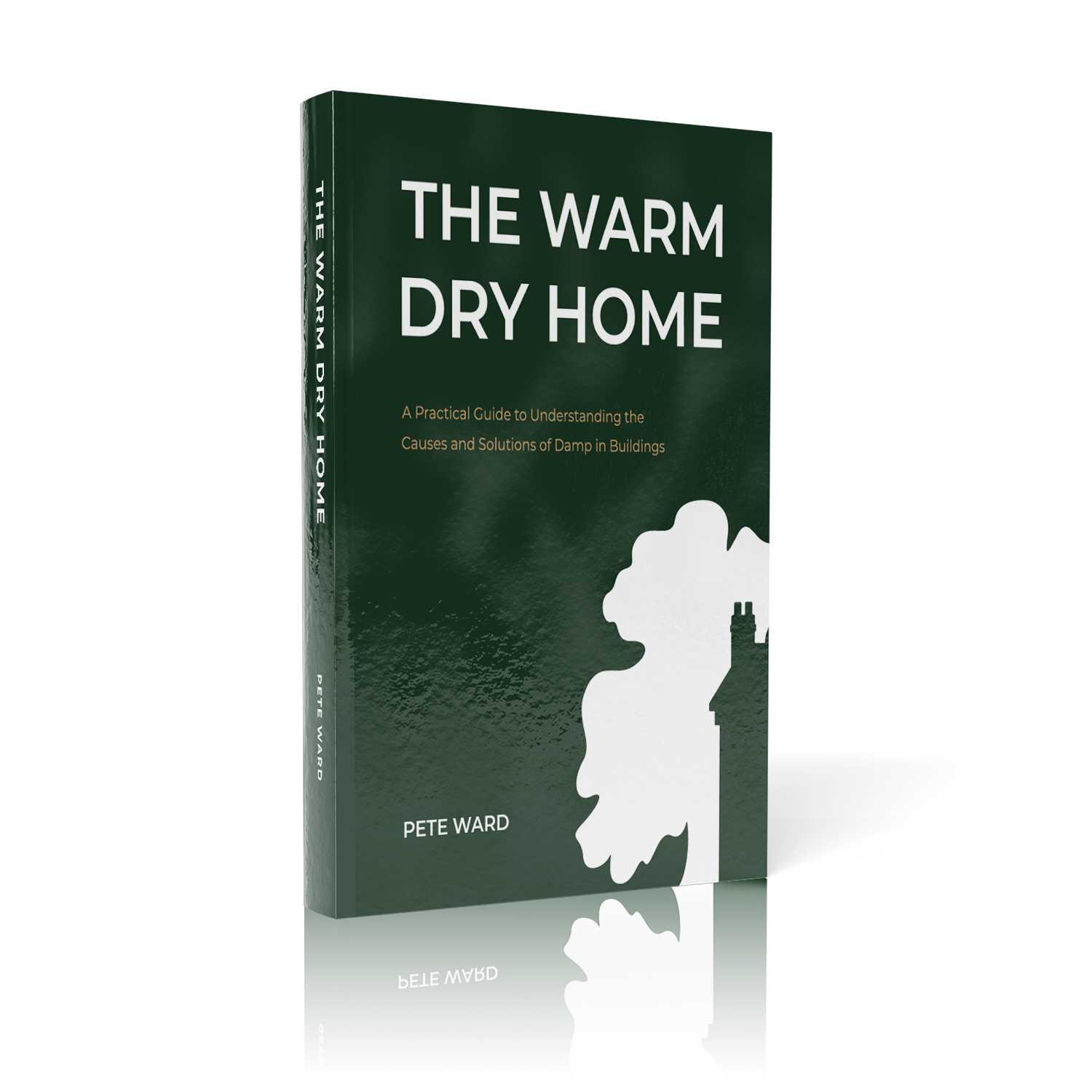After nearly ten years of hard campaigning and fighting for the survey world to wake up to the damp industry, I'm delighted to announce that the RICS have taken these issues on board. A select group of industry experts have spent months working on a Joint Methodology statement which covers all the aspects of investigating moisture in buildings. The Working Group includes such luminaries as Prof. John Edwards (author of BS 7913: Guide to the conservation of historic buildings), Prof. Duncan Philips (Chair of the RICS building conservation group) Stephen Boniface, myself, Mike Parrett, and others well known for their fight against the damp industry. The methodology has been approved by Historic England, CADW, Historic Scotland - and will be fine tuned and its coverage extended over time. The aim of the Group is to make this methodology the standard by which any dampness issues in a building are investigated.
It is not intended that the methodology is restricted to Listed Buildings - Historic England have been involved with Duncan Philips because Listed Buildings have been so badly damaged by inappropriate damp treatments and lack of understanding of the issues that it was thought a good place to start. To bring this methodology into the mainstream, training sessions are being organised over the next few months, with an official launch early next year at a venue to be decided. Training will be tailored to help both RICS surveyors, and other industry professionals such as those working in the social housing sector, to develop a wider professional understanding of moisture related issues in buildings.
RICS have approved this formal release notice:
"RICS have been working with Historic England and the Property Care Association to create a methodology centred around investigating moisture related issues in buildings. The aim of this initiative is to draw wider awareness to the issues that can occur in traditional buildings if the correct damp inspection principles are not followed, and to raise the bar in the investigation and reporting of moisture related problems in our built environment. RICS supports this initiative and will be consulting with its members and wider industry on a draft methodology that has been produced following a series of discussions between the organisations".
You will note the inclusion of PCA in the release. I'm very sceptical of whether this is a sensible move - and we'll obviously be monitoring the PCA very closely during the next few months to see whether the format of any of their reports changes - and whether these individuals actually stop trying to flog useless chemical treatments. Prof Duncan Philips released the Methodology to the pca at their conference in Coventry 21st November and I understand that with minor exceptions, it was accepted by the members present that changes had to be made. I can only hope that finally the pca have realised that they cannot go around filling peoples homes with useless tanking chemicals, injecting walls for non existent rising damp, and slapping cement everywhere on solid walls. Maybe there is a sea change happening here - time will tell - and nothing would please me more than to see these people throw out their chemicals, and take to the lime plastering trowels, and learn about ventilation.
You can view and download the methodology here:
RICS / Historic England Joint dampness methodology
By way of explanation, the methodology is designed to take the reader through a structured approach to understanding dampness issues, within a framework that covers legal aspects of any invasive works. It takes the approach of holistic diagnosis - examining building construction, materials present, interventions to the structure over time and how they affect its response to applied moisture. Care is taken to ensure that diagnosis includes analysis of a range of factors - how the building sits in the landscape, physical construction defects, and the way in which it is lived. The final diagnosis must provide a carefully, scientifically derived result. Correct scientific measurement is crucial - no longer can 'damp meters' be used to arrive at unscientific declarations of 'rising damp'.
Any survey must clearly explain any possible conflict of interest - if a 'surveyor' makes recommendations which may include any form of sales - for example the installation of improved ventilation, this must be clearly noted in order that the client understands that there is a survey, and a quotation for a service which must be impartial and not benefit the surveyor in any way. By way of example, our surveys often include a recommendation for humidity controlled ventilation - we gain no financial benefit from recommending these units. If we did, we'd have to very clearly state the extent of this involvement.
This document is only the beginning. There is a long way to go - changes to be made to educate new surveyors, re-train existing surveyors, and educate the public about moisture related issues in buildings. It is a giant leap for the industry. In particular I have to thank the RICS and Duncan Philips for taking these issues on board, and working so closely with us to make a start. This announcement is also a vindication of the work done in the early days by Jeff Howell, when he taught at South Bank University - and wrote his now famous little book - The Rising Damp Myth. Jeff was pilloried and ridiculed by the damp industry - as indeed I was when I brought up the concept of breathability. 10 or 15 years later, Breathability is mainstream, and it is accepted that rising damp doesn't exist - and that any form of damp can be easily explained scientifically.
Footnote: May 2020 - no change to the usual PCA behaviour - all the damp wally companies still using 'damp meters' and nothing else, and all still recommending injection damp proofing. The methodology has had zero effect on the PCA.


